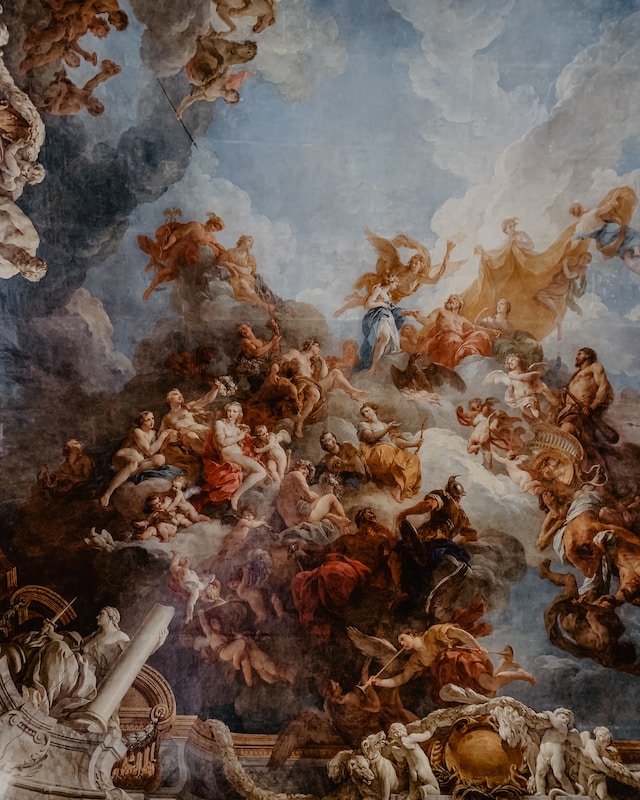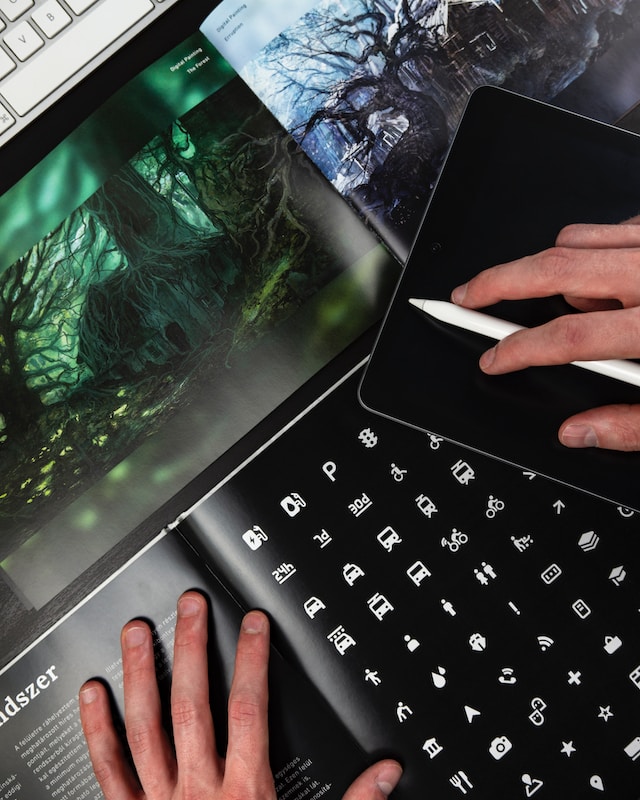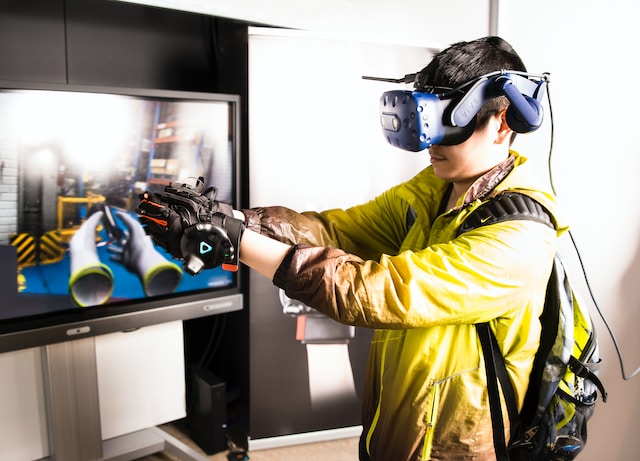In today’s digital age, graphics are omnipresent, weaving intricate stories, simplifying complex data, and delighting our senses. These versatile visual elements take on myriad forms, each with its unique purpose and impact. From the artistic strokes of a painting to the data-driven precision of an infographic, the types of graphics are as diverse as the colours in a painter’s palette. In this voyage of discovery, we delve into the creative subheadings that illuminate the rich tapestry of graphic forms.
Raster Graphics: Painting with Pixels

Raster graphics, also known as bitmap images, are composed of pixels, the tiny building blocks of digital visuals. These graphics excel at capturing intricate details, making them ideal for photographs and complex illustrations. However, they have limitations when it comes to scaling up in size, as enlarging a raster image may lead to pixelation.
Vector Graphics: Precision and Scalability
Vector graphics, in contrast, are based on mathematical equations that define shapes and lines. They offer unparalleled precision and are infinitely scalable without loss of quality. This makes them perfect for logos, icons, and illustrations where clarity and flexibility are paramount.
Photographs: Capturing Moments in Time
Photographs are perhaps the most familiar form of graphic. They freeze moments in time, preserving memories and conveying the essence of a subject. Whether capturing a breathtaking landscape or a fleeting smile, photographs are the windows to the world around us.

Illustrations: The Artist’s Imagination Unleashed
Illustrations are handcrafted or digitally created images that bring artistic flair to graphics. They can range from whimsical drawings in children’s books to intricate designs in scientific textbooks. Illustrations add a personal touch and are often used to convey complex concepts or emotions.
Infographics: Data Visualization Wizards
Infographics are a powerful tool for simplifying complex data. They combine text, icons, and visuals to make information more digestible and engaging. From pie charts breaking down statistics to timelines detailing historical events, infographics are the storytellers of the data world.
Icons: Symbols of Simplicity

Icons are minimalistic graphics that represent objects, actions, or concepts. They are the building blocks of user interfaces, guiding users through apps and websites. Icons use simple shapes and visuals to convey meaning quickly and efficiently.
Charts and Graphs: Visualizing Data Trends
Charts and graphs are a subset of infographics designed specifically for representing numerical data. Bar charts, line graphs, and pie charts are common forms that make trends and comparisons easy to understand at a glance. They are indispensable in fields such as finance, science, and business.
Typography: Artistry in Letters
Typography is the art and technique of arranging type to make written language legible, readable, and visually appealing. Fonts and typefaces play a pivotal role in graphic design, setting the tone and style of visual communication. From elegant scripts to modern sans-serifs, typography is a graphic world in itself.
Maps: Navigating the World
Maps are graphic representations of geographic areas, providing a visual guide to locations and terrain. They come in various forms, from road maps for travellers to topographic maps for hikers and geographical maps for students. Maps blend art and functionality to help us navigate the world.

Memes: Internet’s Cultural Currency
In the age of the internet, memes have emerged as a unique form of graphic expression. They typically combine an image with a clever or humorous caption to convey social or cultural commentary. Memes spread rapidly through online communities, shaping modern discourse and humour.
Animations and GIFs: Bringing Graphics to Life
Animations and GIFs add motion and interactivity to graphics. They can be as simple as a looping GIF demonstrating a cooking recipe or as complex as a 3D animation in a blockbuster movie. These dynamic graphics capture attention and tell stories in motion.
Virtual Reality (VR) and Augmented Reality (AR): Immersive Experiences
VR and AR graphics are at the forefront of technology-driven experiences. VR immerses users in entirely digital environments, while AR overlays digital content onto the real world. These graphics types are transforming industries from gaming to education and healthcare.

Cinematography: The Art of Moving Images
Cinematography is a fusion of graphics, storytelling, and motion. It encompasses the art of capturing and manipulating moving images to create films, documentaries, and videos. Cinematic graphics transport viewers to new worlds, evoke emotions and convey powerful narratives.
Conclusion: The Graphic Kaleidoscope
The world of graphics is a kaleidoscope of visual forms, each with its unique purpose, impact, and creative potential. From the precision of vector graphics to the storytelling prowess of cinematography, the types of graphics paint a vivid tapestry that enriches our understanding, communication, and appreciation of the world around us. In navigating this diverse landscape, we harness the power of visuals to convey ideas, emotions, and information, shaping the way we experience and interact with our visually driven world.
